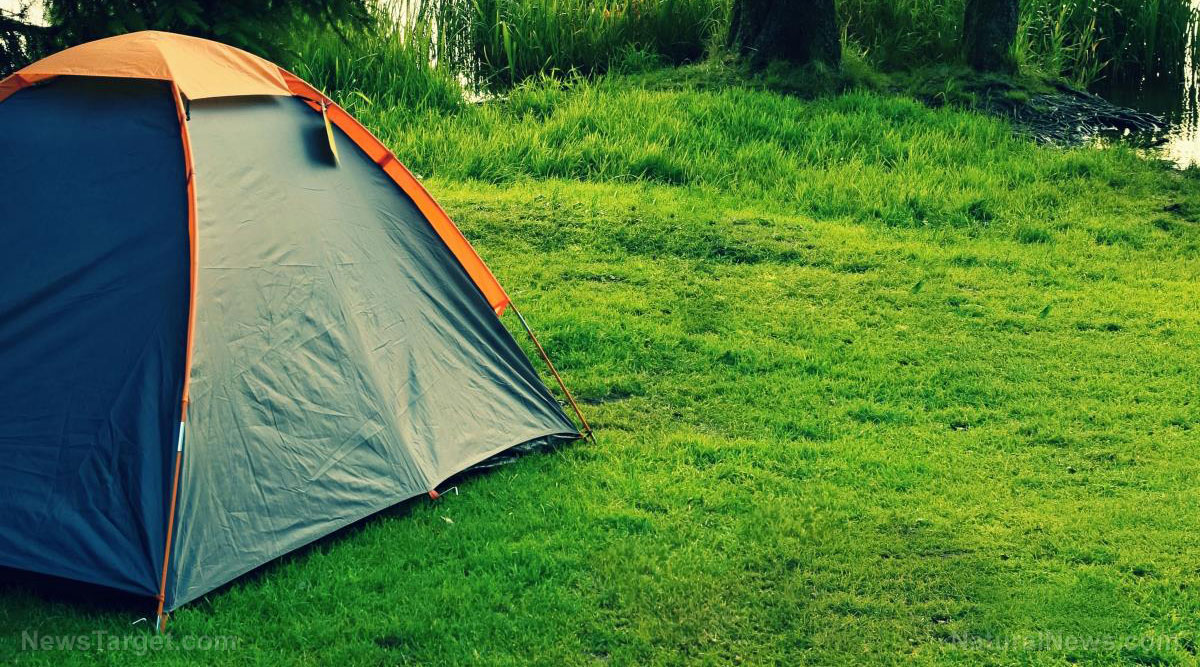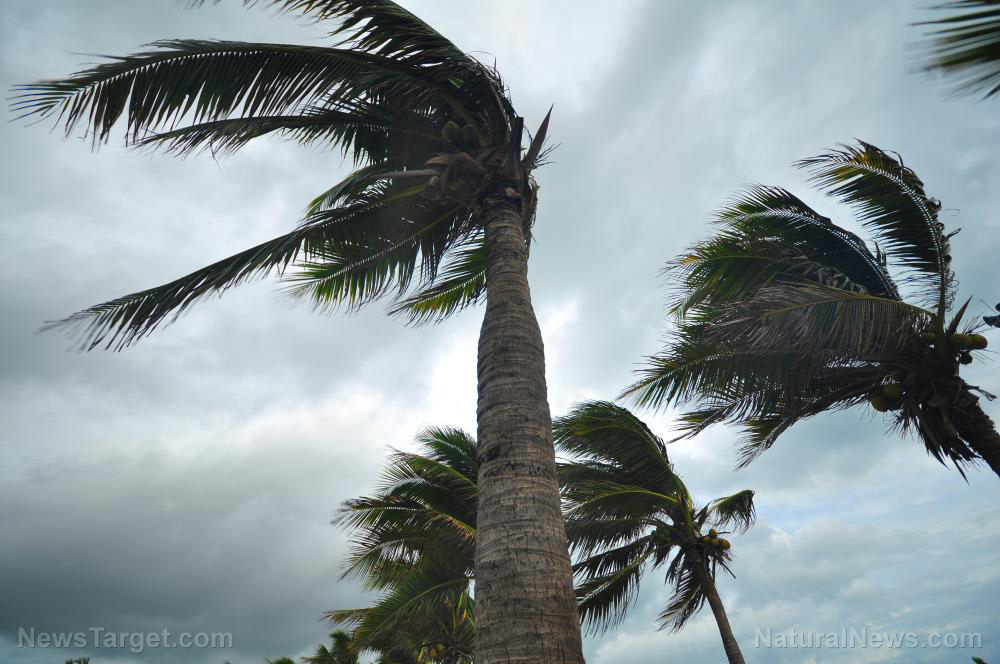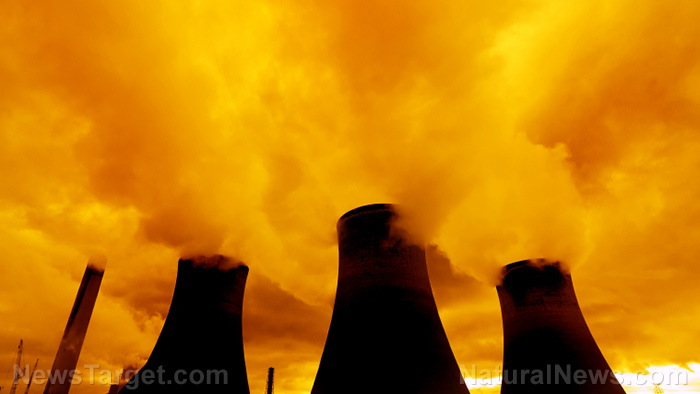 Parler
Parler Gab
Gab
Safe locations to sleep in
Here are six safe locations to sleep in when SHTF and you have to spend a couple of nights in an urban environment:Abandoned buildings
Any city will have many abandoned buildings that you could take refuge in after SHTF. However, other preppers in your area might also try to camp overnight in the same abandoned buildings that you head to. Additionally, just because a building is abandoned doesn't automatically mean that it's not private property. Always be respectful and clean up your trash wherever you camp even in a survival scenario.Green belts and parks
Green belt refers to natural, undeveloped or agricultural lands near urban areas. These lands may include areas like farms and ranches, open spaces, parks, wildlands or a combination as designated by cities, counties, special districts and other jurisdictions. Green belts surround different types and scales of landscapes like grazing lands, orchards, recreational parks, streams, wetlands, wildlife corridors and vineyards. Many cities have creeks or rivers running through them surrounded by green belts. Like abandoned rooftops, these areas will also be popular areas to camp during SHTF. Be creative and search for secluded areas that others will ignore. You can also hide in large parks with significant forested areas.Industrial areas
If you are in the middle of an urban SHTF scenario, it's best to avoid people. You can do this by traveling in industrial areas, which will be sparsely traveled once businesses shut down. Many industrial areas have yards filled with material and equipment that provide cover from view. You can also take shelter in these yards. If SHTF, sleep in hidden alcoves, walkways or roof access hatches.Overpasses and bridges
Generally, when SHTF many people might use overpasses and bridges as shelter. Even so, you can still find one that is safe enough to take shelter in.Parking structures
Parking structures offer many hiding places. Most parking garages have many mechanical and electrical rooms, storage areas and other spots that may be easy to access after disaster strikes.Rooftops
If you can access a rooftop, you can have a great spot to camp that is also safe and secure. Since you are elevated above those who walk by, your spot will be invisible. However, it can be difficult to escape from a rooftop if you are attacked. Additionally, rooftops in an urban environment may also be surrounded by taller buildings which provide a good vantage point for others to locate your camp.Places to avoid when SHTF
Once you have a safe spot to sleep in when disaster strikes, make sure you avoid these dangerous places as you head home or to your bug-out location.Grocery stores and malls
After SHTF, people who didn't prepare will flock to stores and malls to stock up on supplies like food and water. If you are traveling on foot, avoid these areas.Large shopping malls and public squares
When things get chaotic before SHTF, you don't want to be anywhere near a public square or large shopping mall. Desperate, angry people may gather in these locations and you don't want to be trapped among the rioting and violence.Police stations and military bases
When disaster strikes, civilians may flock to police stations and military bases since they might think these places will offer help and protection. But while heading to these locations may seem like a safer alternative, in most cases it will be a waste of time. You may even be injured, killed or locked up.Prisons and surrounding areas
If there is a prison in your area or along the route to your bug-out location, avoid the area. After disaster strikes, there's a chance that guards and staff may abandon their posts to get to their families. This increases the chances that violent prisoners can escape and be on the roads. You don't want to encounter these prisoners while you're bugging out, and they might attack you to steal your supplies or car.Shelters or FEMA camps
While shelters are designed to help those who find themselves without a place to sleep or food to eat, most shelters will be understaffed and operating above capacity when SHTF. Avoid homeless shelters and food banks that will be overrun by many unprepared civilians. When disaster strikes, you need to know where you can sleep safely as you try to get back to your family. Watch the video below to know how to make a tarp shelter. This video is from the Prepping101 channel on Brighteon.com.More related stories:
Prepping before SHTF: 16 Items for your survival first aid kit. Disaster prepping 101: Learn land navigation skills to get out of SHTF situations. Prepping tips: Scavenging in the city when SHTF. Sources include: AskAPrepper.com GreenBelt.org SurvivalSullivan.com Brighteon.comFlorida in PANIC ahead of Hurricane Ian making landfall: Grocery shelves STRIPPED BARE
By Ethan Huff // Share
German nuclear power plant stops operations following leak
By Belle Carter // Share
Clear and present danger: Putin warns NUCLEAR WAR is definitely coming if NATO continues to attack
By Mary Villareal // Share
5 Survival essentials for your bug-out vehicle
By Zoey Sky // Share
Another oil refinery, in Ohio, catches fire and has to be shut down
By Ethan Huff // Share
Governments continue to obscure COVID-19 vaccine data amid rising concerns over excess deaths
By patricklewis // Share
Tech giant Microsoft backs EXTINCTION with its support of carbon capture programs
By ramontomeydw // Share
Germany to resume arms exports to Israel despite repeated ceasefire violations
By isabelle // Share










